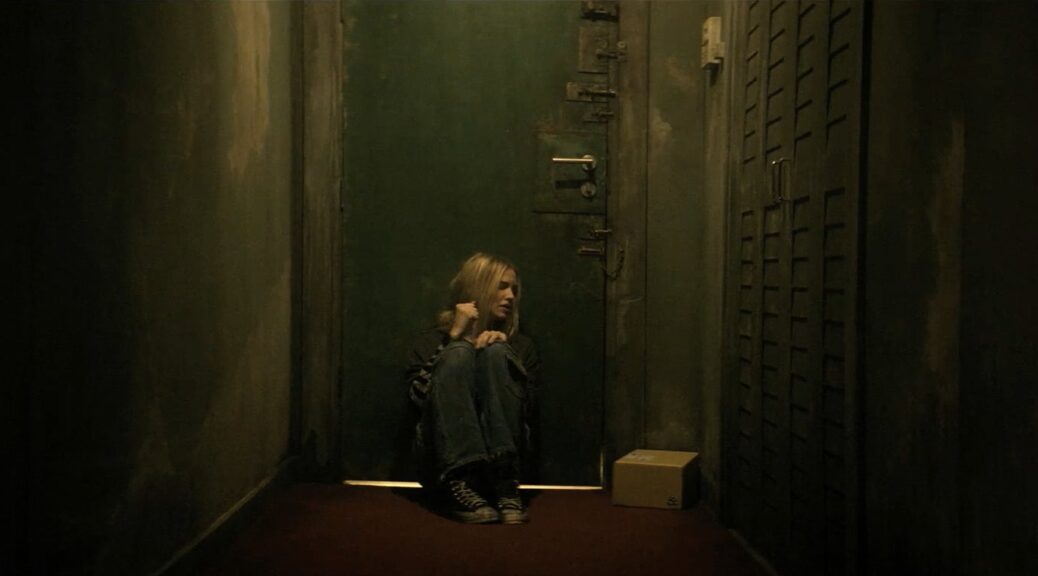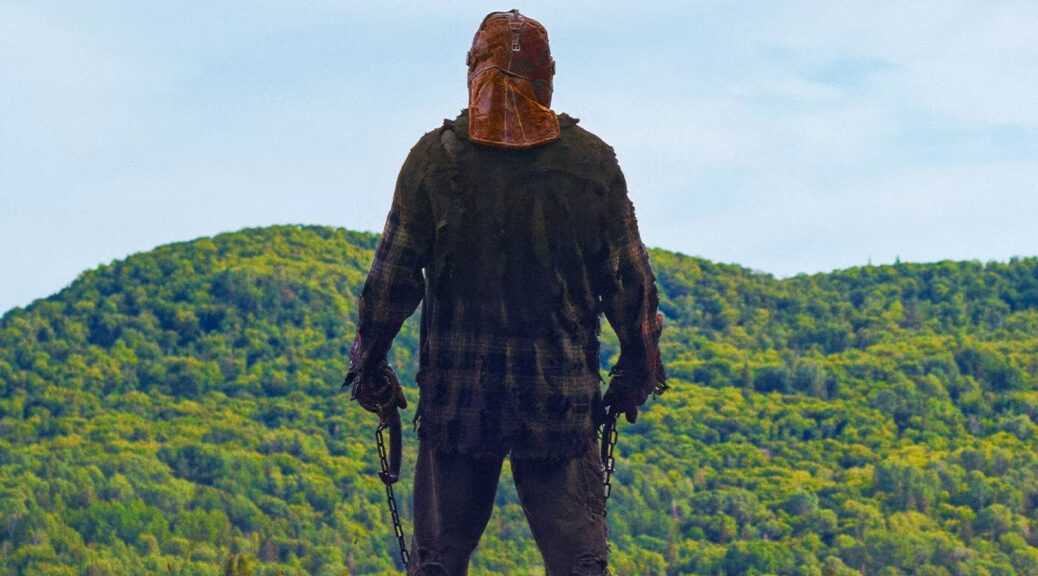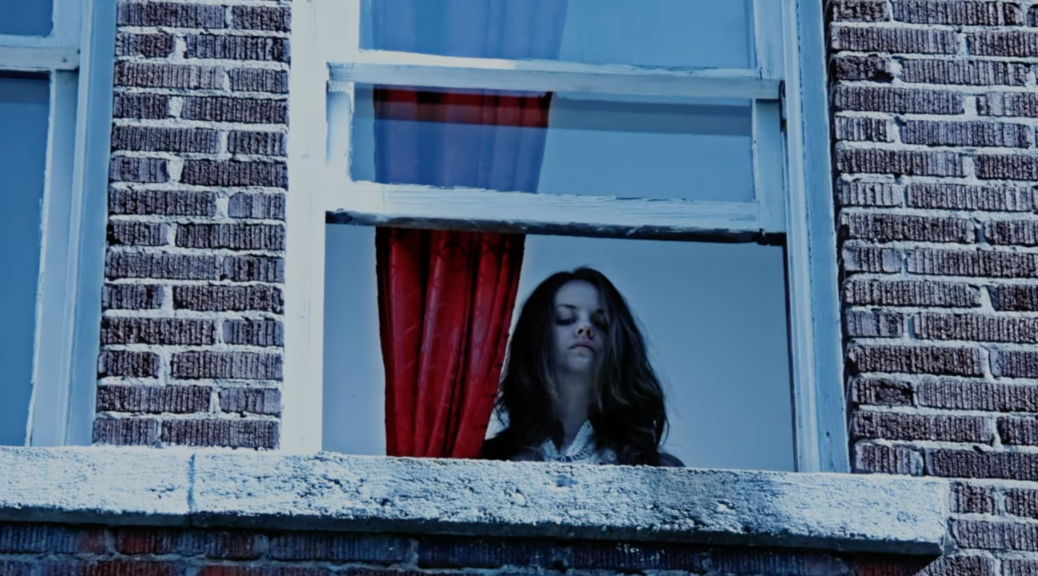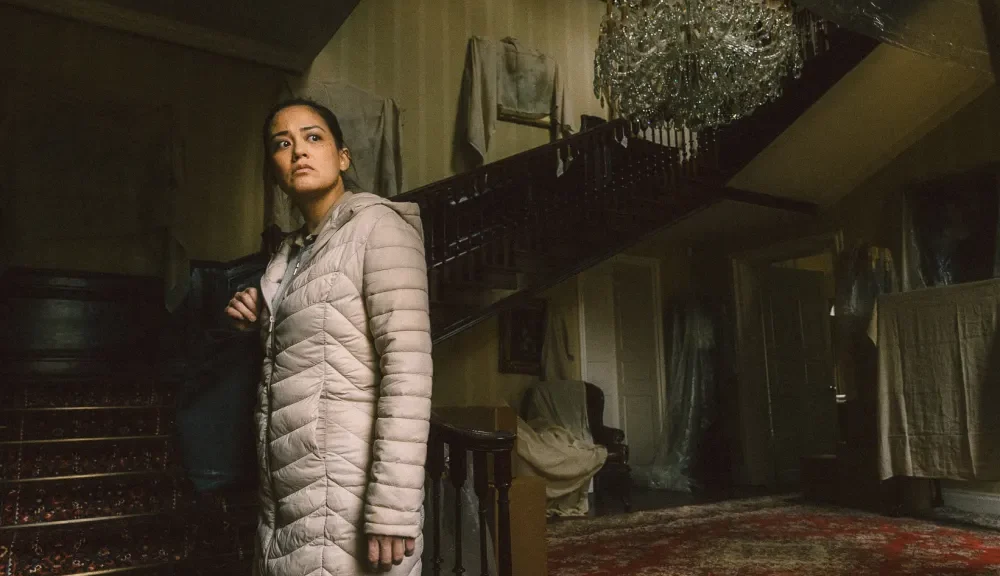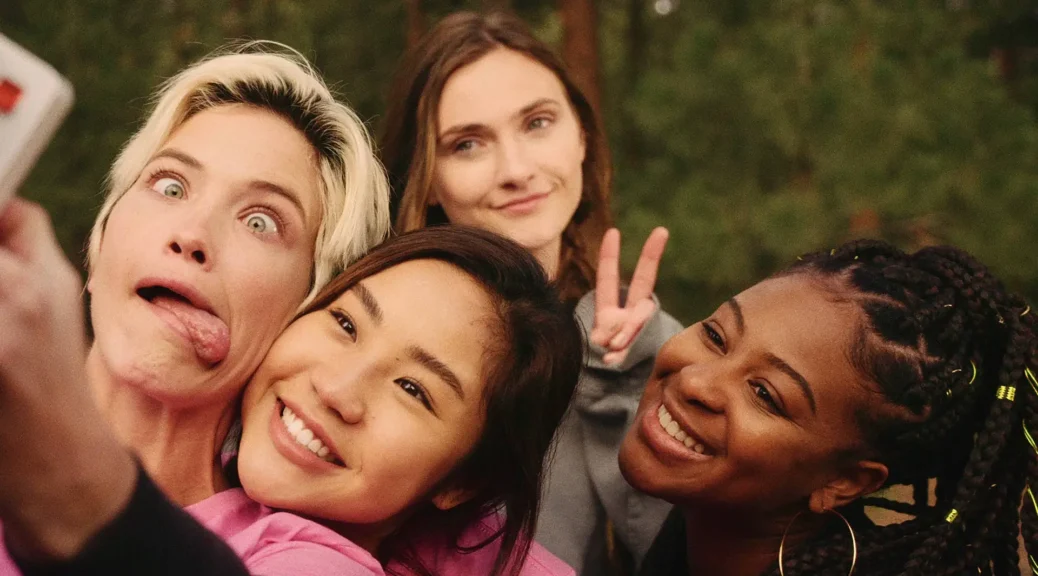Everyone Is Going to Die
by Brooklyn Ewing
Daniel (Brad Moore) is a wealthy entrepreneur looking to reconnect with his teen daughter, Imogen (Gledisa Arthur), on her birthday. The angst-ridden party is interrupted when a woman in a mask appears in the yard of their secluded home.
Director Craig Tuohy has created an uncomfortable thriller reminiscent of some of 2005-2010’s most popular French horror releases. Everyone Is Going to Die is stress-inducing, and filled with dread, and some of the scenes will be a tough, and triggering, watch for a lot of viewers.
The cinematography is solid, and adds to the overall tension as the plot uncoils like a venomous snake waiting to catch you off guard. Actress Jaime Winstone is dialed in as Comedy, the masked intruder who has a lot to say about the patriarchy, and overtly wealthy men. She goes full out offering up a villain we love to hate.
The film isn’t afraid to show, instead of tell, and the special fx makeup goes all in. One scene in particular had me yelling out loud at how real it looked. The masks created for the film are unsettling, bringing a level of tension to the first half as well.
This movie isn’t for everyone. If you lean toward movies like Last House on the Left, The Strangers, Inside, or Funny Games, then you will not want to miss this. But viewer be warned, there are some very unsettling scenes that make this one harder to recommend to less seasoned horror fans. The twists and turns will satisfy viewers who love to play detective, and the creepy tension, and gore, will keep horror fans watching.





